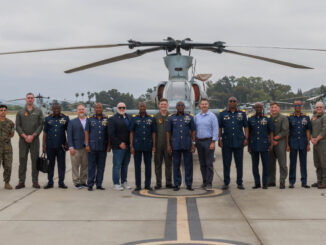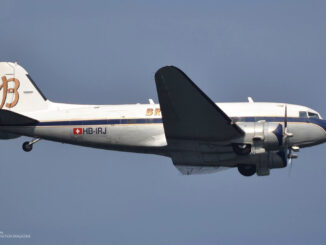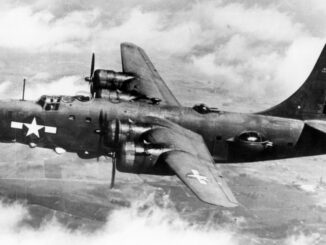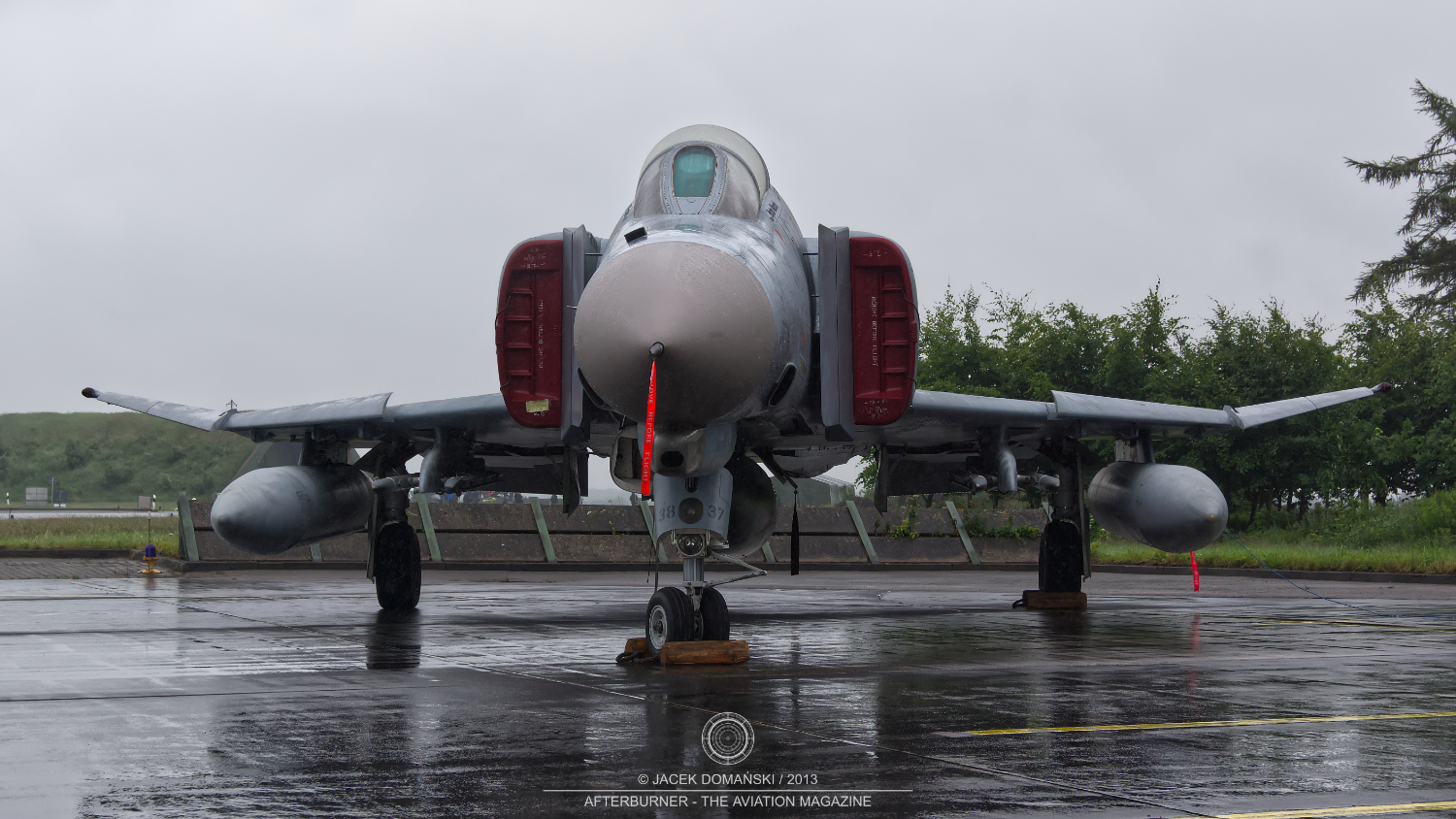 In recent months, references are made to possible use of McDonnel Douglas F-4 Phantom II for space launch missions. Such speculations arose in late April of 2025, due to financial documents published by Starfighters Space, Inc., in which the company mentioned its intention to acquire the aforementioned fighter aircraft.
In recent months, references are made to possible use of McDonnel Douglas F-4 Phantom II for space launch missions. Such speculations arose in late April of 2025, due to financial documents published by Starfighters Space, Inc., in which the company mentioned its intention to acquire the aforementioned fighter aircraft.
The Starfighters enterprise was founded in 1995 as a private venture for contract testing and flight simulations. The company became famous for operating the first civilian fleet of F-104 Starfighter aircraft, which were earlier in service with the Canadian and Norwegian air forces.
The Lockheed F-104 Starfighter is an American single-engine fighter aircraft from the mid-1950s. Initially designed as high-altitude interceptor, the aeroplane was later used as primary fighter and fighter-bomber. That, in consequence, lead to its negative image. Introduced into operational service with the USAF in 1958, the F-104 was also operated by several NATO countries, as well as Japan, Jordan, Pakistan and Taiwan. In 2004, the last operational Starfighter was retired from military service, by the Italian Air Force, although a few examples remained airworthy in private hands.
Nowadays, the Starfighter group includes four companies, formed in Texas and Florida. Its F-104 fleet grew to seven examples of both single- and two-seat aircraft coming from the former Canadian, Italian and the USAF inventory.
According to the official Starfighter mission statement, the company aims to ´make space accessible to entrepreneurs, researchers, industry, and government at a high cadence and the right cost´. Starfighters Space cooperates with the US Department of Defense, NASA, Air Force Research Laboratory, Lockheed Martin, General Electric and Florida Institute of Technology, as well as various private and governmental entities.
Starfighter Space is the sole commercial company with Mach 2 capability, as well as one of the only few with access to the famous Shuttle Landing Facility, with one of the longest runways in the world.
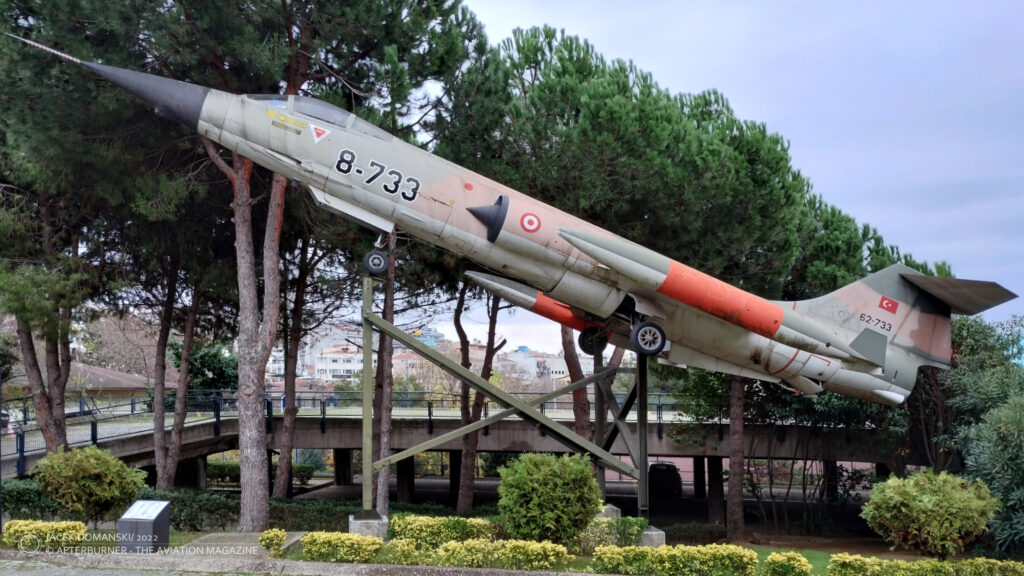
In 2020s, the Starfighter group began its aerospace expansion. Currently, the company offers supersonic and hypersonic testing, microgravity experiments and possibility to carry small payloads to space – all with use of the F-104 Starfighter aircraft.
At the moment, the company is also in process of developing the Starlaunch programme, within which the F-104 jets will be capable of carrying payloads to 45,000 feet (13,716 km) for air launch of micro satellites to space. It will allow the small objects to reach thermosphere and to cross the Kármán line, at an altitude of 330,000 feet (100 kilometres).
However, construction characteristics of the Starfighter do not allow the aircraft to carry heavier and outsized objects, namely launch vehicles required to launch larger payloads, such as small satellites, into Low Earth Orbit (LEO). And this is exactly the reason why the Starfighter group began to search for another aircraft, more suitable for that task. And the F-4 Phantom II fighter aircraft seemed to be the right choice.
The McDonnel Douglas F-4 Phantom II is an American two-seat, twin-engine supersonic fighter jet developed in the late 1950s for the US Navy. The aircraft entered operational service in 1960 and was then acquired by about a dozen air forces around the world. Due to its operational history, that included aerial combat in the Vietnam War, the F-4 became one of the Cold War icons.
Although most of the air forces retired their Phantoms in the early 2000s, the F-4 still remains in operational service in Greece and Turkey, as well as reportedly with the Iran Air Force.
In the SEC filling – a public financial document submitted to the US Securities and Exchange Commission – from April of 2025, Starfighter Space mentioned its intention to acquire twelve F-4 Phantom II aircraft, one MD-83 and one DC-9 aircraft. The document indicates that the Phantom fighters are going to be purchased from the Republic of Korea Air Force, which retired the last F-4 from operational service in 2024, while the two abovementioned airliners would be purchased in the United States.
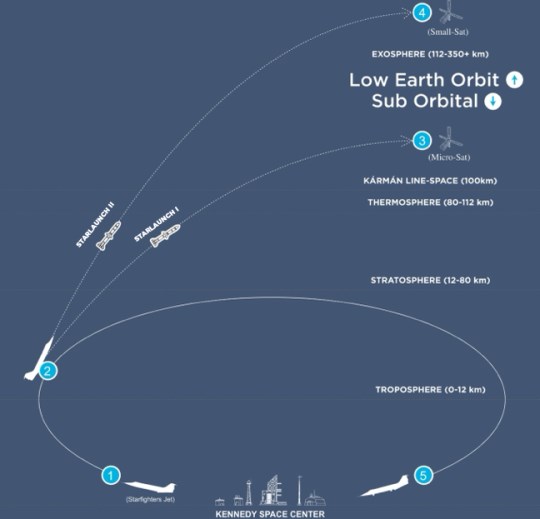
According to the SEC filing, the cost of acquiring the F-4 fleet from South Korea was estimated at fifteen million USD, with additional five million USD to cover the purchase of MD-83 and DC-9.
Although the way to acquire the F-4 Phantom II will be a long and complicated process, the Starfighter group is now on the right track to become the sole private operator of such type of aircraft in the world.
According to the company, the F-4s will be used for so-called Starlaunch II, the second phase of the aforementioned programme. Its aim is to create reasonably priced, fast and flexible access to space for small enterprises and to make them independent from big space programmes and their launch calendar.
The Starlaunch II programme, with combination of the F-4 Phantom II aircraft as the first and rocket as the second stage of the launching system, is expected to provide space launch services from any place that is convenient for the required orbit and at any time. In addition, the most complicated and most expensive stage of traditional space launch – from the ground to the upper atmosphere – will be completely eliminated, as the second stage rocket will begin its journey at an altitude over twelve kilometres.
Nevertheless, it should be also pointed out that all previous attempts to introduce space launch services in mother ship / second stage rocket configuration came to nought.
If the new Starfighter space launch programme proves successful, the company has the potential to revolutionise space launch procedures for small customers. In addition, it also fits into NASA´s aim to expand and commercialise access to LEO.
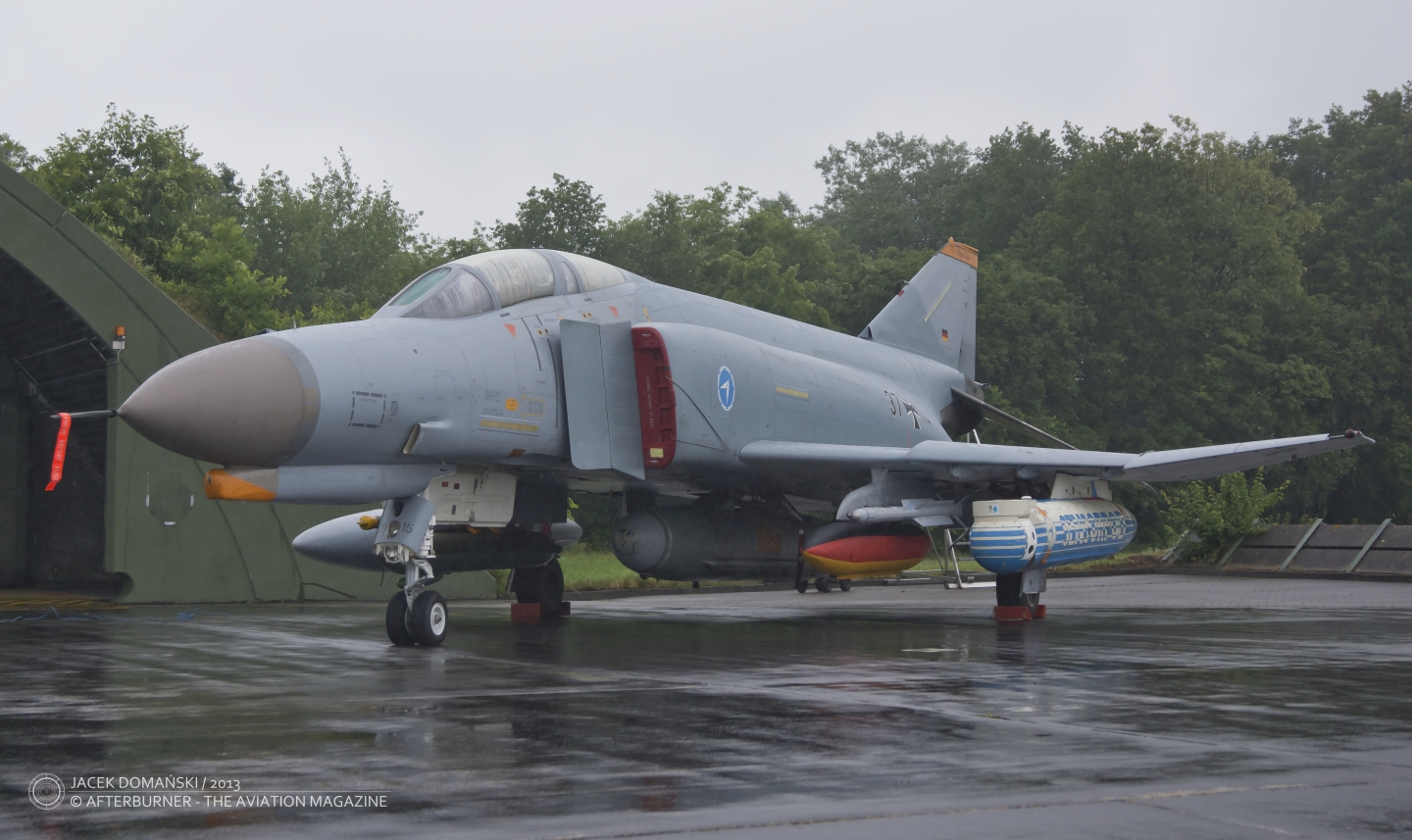
Cover photo: McDonnell Douglas F-4F Phantom II in German service, 2013 (illustrative photo)

